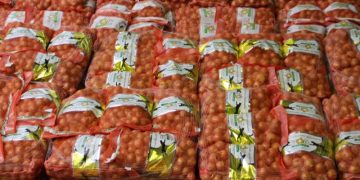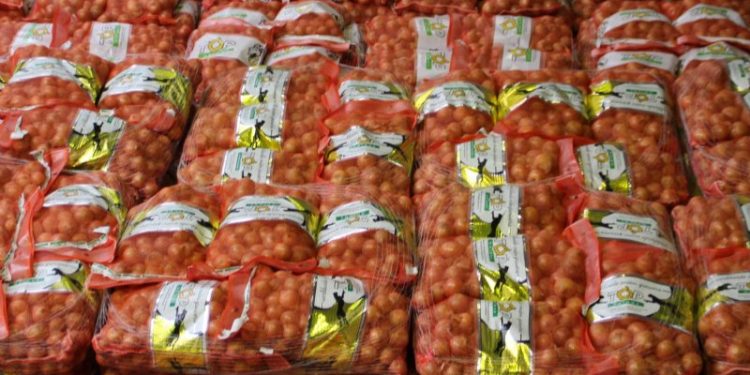Delve into the current agricultural landscape as we explore the reasons behind a 10% decline in onion exports. This article presents the latest data from reliable sources, shedding light on the factors contributing to this setback and offering insights for farmers, agronomists, agricultural engineers, farm owners, and scientists in the field of agriculture.
In the realm of agricultural exports, onions have long been a staple crop for many countries. However, recent data indicates a concerning trend: onion exports are trailing behind last year’s record figures, experiencing a notable decline of 10%. This development raises questions and prompts a closer examination of the factors contributing to this setback and its implications for the agricultural community.
According to a recent report from Nieuwe Oogst, a leading agricultural news source, the decline in onion exports can be attributed to a combination of factors. Firstly, adverse weather conditions in key onion-producing regions have significantly impacted crop yields. Unfavorable climatic conditions, such as excessive rainfall or prolonged droughts, have compromised onion quality and reduced overall harvest volumes.
Additionally, global market dynamics have played a role in the decline. Changes in consumer preferences and market demands have led to shifts in onion trade patterns. New suppliers have emerged, offering competitive pricing and high-quality produce, thereby posing challenges to traditional onion-exporting regions. These market shifts necessitate adaptability and strategic decision-making for farmers and agricultural stakeholders to remain competitive.
Furthermore, logistical constraints have also contributed to the decline in exports. Disruptions in transportation and shipping, exacerbated by the ongoing global pandemic, have caused delays and hindered the timely delivery of onion shipments. These logistical bottlenecks have created uncertainties in the supply chain and impacted the export capacity of onion-producing regions.
The implications of this decline in onion exports are significant for farmers, agronomists, agricultural engineers, farm owners, and scientists in the agricultural sector. Farmers must closely monitor and adapt their cultivation practices to mitigate the effects of adverse weather conditions. Implementing measures such as improved irrigation systems, pest management strategies, and crop diversification can help enhance resilience and minimize yield losses.
Moreover, exploring alternative markets and identifying new trade opportunities is crucial for maintaining a competitive edge in the evolving global landscape. Collaborative efforts between farmers, agricultural experts, and policymakers are essential to identify market trends, enhance product quality, and establish strategic partnerships that can drive the growth of onion exports.
In conclusion, the 10% decline in onion exports presents a multifaceted challenge for the agricultural community. Adverse weather conditions, evolving market dynamics, and logistical disruptions have collectively contributed to this setback. However, by adopting adaptive practices, exploring new markets, and fostering collaborations, farmers and agricultural stakeholders can navigate these challenges and pave the way for a resilient and prosperous onion export industry.
Tags: agriculture, onion exports, crop yield, adverse weather conditions, market dynamics, logistical constraints, global trade, resilience, adaptive practices































